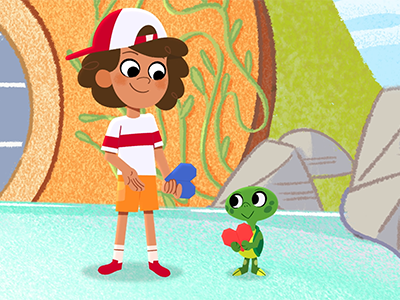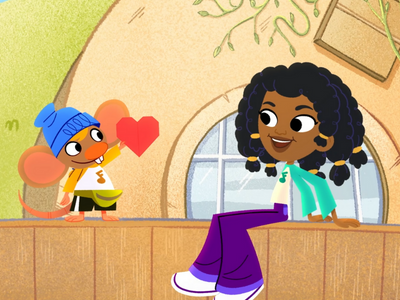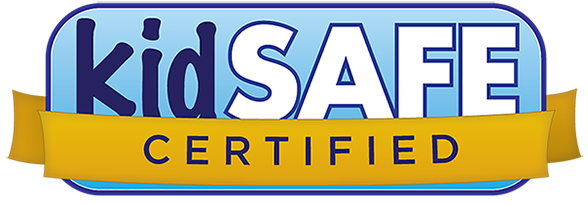What is a Friend?
This activity helps kids in a classroom setting think about friendship and what it means to them.
Materials required:
- Large piece of paper to hang on the wall
- Marker(s)
Then ask students to complete the sentence “A friend is…” with their own answer, describing what being a friend means to them. Some prompts can include “A friend is someone who plays with me” or “A friend is someone who eats lunch with me,” for example. Write down the answers if children need assistance.
As you continue, encourage students to consider: who can be their friends? Make sure to encourage a wide variety of answers, including family, pets, and neighbours as well as peers.
Then ask what friends do for other friends. Write down these answers on the paper. Some prompts: Friends help each other, play together, share toys, etc.
Optional additional activities: Return to the list later or in the days following and use it to build dramatic scenarios to be enacted by puppets. Kids can come up with their own scenarios or teachers can develop them and get kids’ feedback.
For example, the puppets can discuss a problem one had with a friend: “My friend had a bad day. She was really upset because she missed her parent, and she forgot to do her homework. When I said hi, she yelled at me. What should I do? Should I yell back?” Get responses from the kids and refer to the friendship list to work through possible next steps.
Learning Outcomes
Core Learning Concepts
Reflect: Children reflect on their experiences.
Social and Emotional Development
Emotions: Children recognize and can identify and regulate feelings.
Compassion: Children feel a sense of understanding towards the feelings of others.
Community Involvement: Children participate in establishing an engaging community of learners within the classroom/school/local environment.
Understanding relationships: Children learn the dynamics of forming healthy relationships with others.
Cooperative play: Children take an active part in cooperative play, including the invention of games, following rules, and playing fair.






